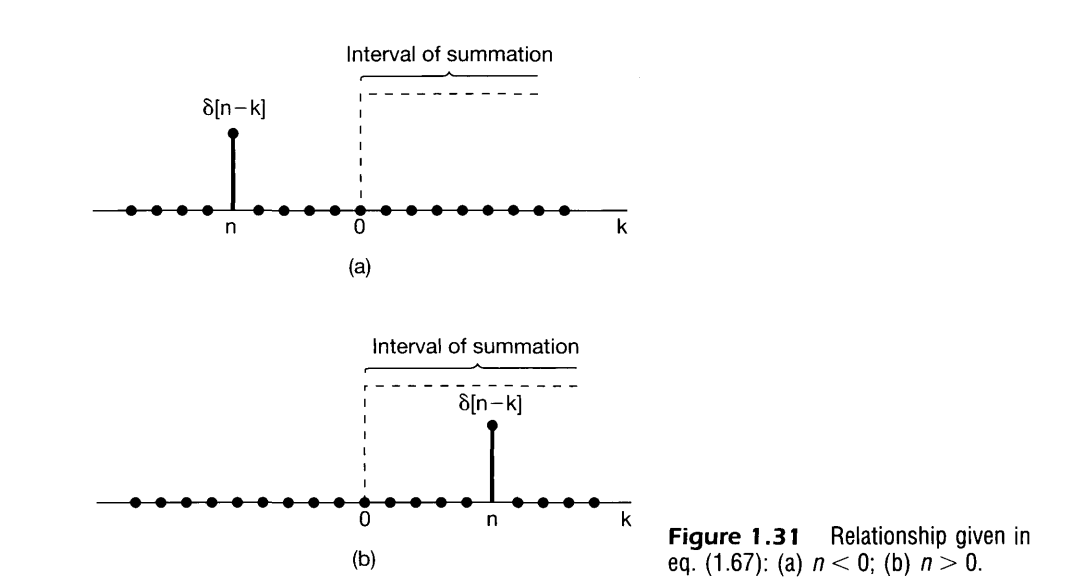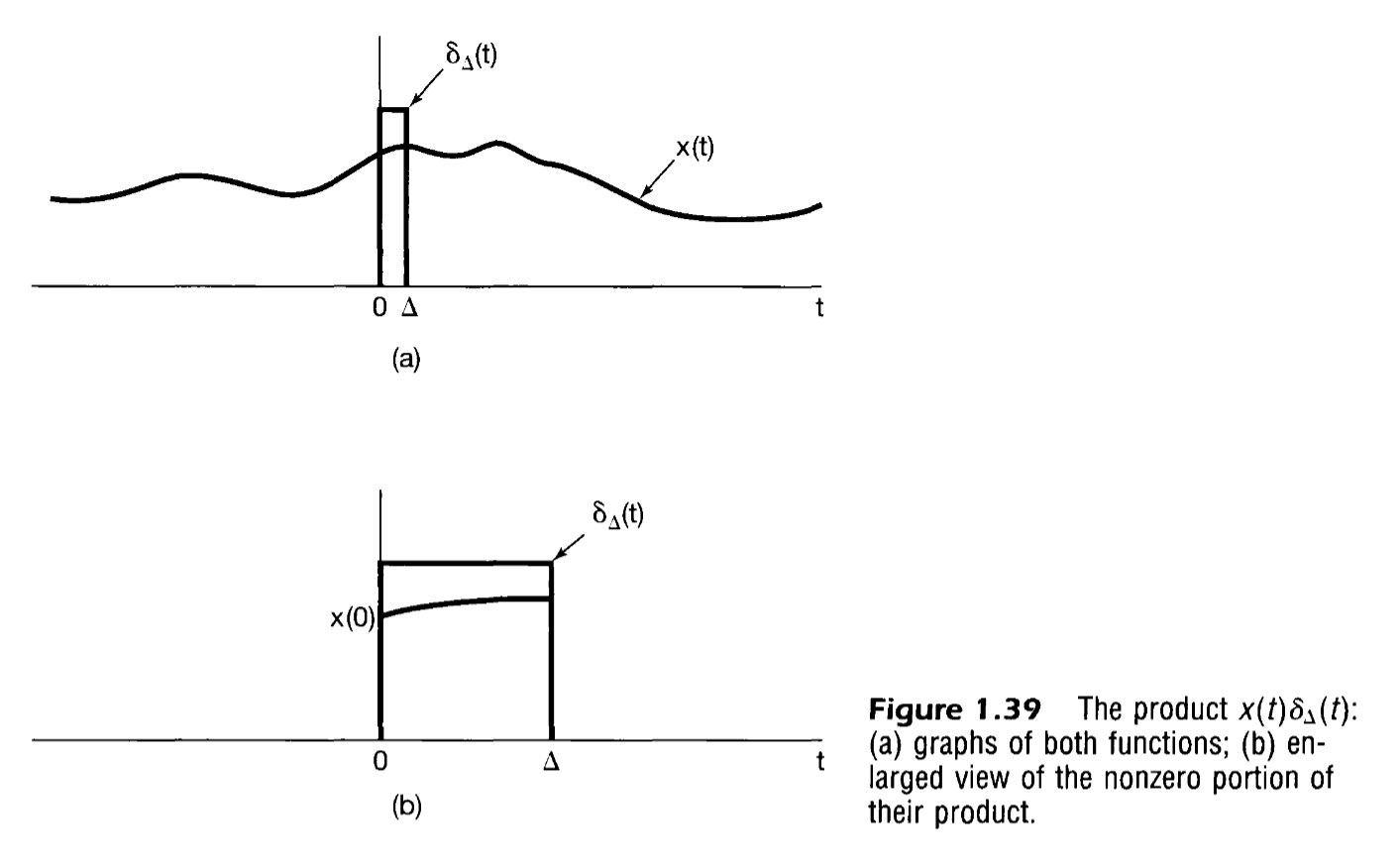Continued from Signals and Systems Exponentials and Sinusoidals
Signals & Systems Unit Impulse and Unit Step Functions
We will look at the unit impulse and step functions in continuous and discrete time.
Discrete Unit Impulse & Step
Unit Pulse
One of the simplest discrete-time signals is the unit impulse (or unit sample), which is defined as

Unit Step
A second basic discrete-time signal is the discrete-time unit step, denoted by and defined by

Inter relation between Unit Pulse and Unit Step
There is a close relationship between the discrete-time unit impulse and unit step. In particular, the discrete-time unit impulse is the first difference of the discrete-time step Conversely, the discrete-time unit step is the running sum of the unit sample. That is, To understand first one must realize that the summation value will at most be 1 and not greater than that. This is because the sigma function is defined such. refer Unit Impulse. Now when the value is 0 it sums up all the values from to 0 and gets 1 for . When the value is 1 it sums up all the values from to 0 and gets 1 for .
Furthermore, by changing the variable of summation from to
We get

Continuous Unit Impulse & Step
Unit Impulse
We already can conclude that the unit impulse can be same for both the functions since it only has a value at one point. So for that.
One of the simplest discrete-time signals is the unit impulse (or unit sample), which is defined as
Link to original
Unit Step
The continuous-time unit step function is defined in a manner similar to its discrete time counterpart. Specifically,
 to the relationship between the discrete-time unit impulse and step functions. In particular, the continuous-time unit step is the running integral of the unit impulse
This also suggests a relationship between and analogous to the expression for
the continuous-time unit impulse can be thought of as the first derivative of the continuous-time unit step:
to the relationship between the discrete-time unit impulse and step functions. In particular, the continuous-time unit step is the running integral of the unit impulse
This also suggests a relationship between and analogous to the expression for
the continuous-time unit impulse can be thought of as the first derivative of the continuous-time unit step:
Formally Unsolvable
In contrast to the discrete-time case, there is some formal difficulty with this equation as a representation of the unit impulse function, since is discontinuous at and consequently is formally not differentiable. We can, however, interpret eq. above by considering an approximation to the unit step , as illustrated in Figure below , which rises from the value 0 to the value 1 in a short time interval of length . The unit step, of course, changes values instantaneously and thus can be thought of as an idealization of , for so short that its duration doesn’t matter for any practical purpose. Formally, is the limit of as Ll ~ 0. Let us now consider the derivative
Not So Important part
For a scaled unit impulse
and Multiplication of two functions in a function

References
Information
- date: 2024.08.20
- time: 04:24
- Continued from Signals & System Continuous and Discrete Time Systems